 Getty Images
Getty ImagesOlympic champion Victoria Pendleton has paid tribute to her father, who died after a “long struggle” with Parkinson’s disease.
The Bedfordshire-born cycling medallist posted a photo on Instagram of Max Pendleton alongside her brother…

 Getty Images
Getty ImagesOlympic champion Victoria Pendleton has paid tribute to her father, who died after a “long struggle” with Parkinson’s disease.
The Bedfordshire-born cycling medallist posted a photo on Instagram of Max Pendleton alongside her brother…
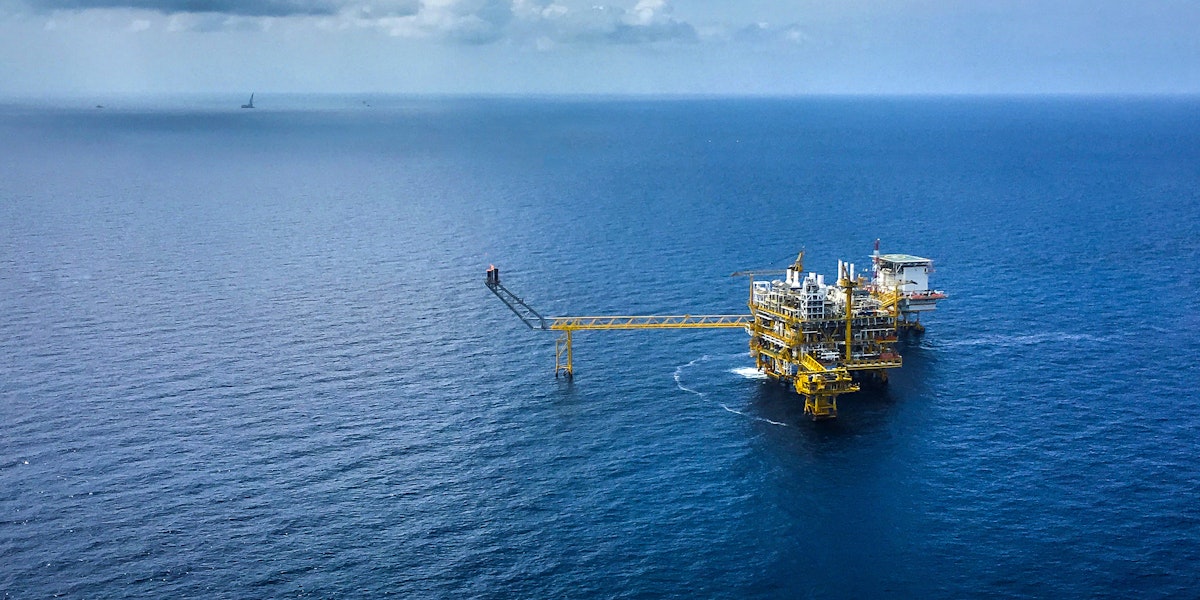
The oil market has been in surplus since the start of the year, but stock builds have so far been concentrated in crude in China and gas liquids in the United States. By September, however, a surge in Middle East production, coinciding with seasonally lower regional crude demand, boosted exports to two and a half-year highs. This, combined with robust flows from the Americas, swelled oil on water in September by a massive 102 mb, equivalent to 3.4 mb/d, the largest increase since the Covid-19 pandemic. Brent crude oil futures rose by an average $0.30/bbl to $67.60/bbl m-o-m in September. But by early October, the wave of tankers at sea and the announcement of new trade measures pushed prices down by $4/bbl to $64/bbl at the time of writing.
Global oil supply in September was up by a massive 5.6 mb/d compared with a year ago. OPEC+ accounted for 3.1 mb/d of the increase, as the Group of 8 unwound 2 mb/d of production cuts, and as Libya, Venezuela and Nigeria all posted strong gains. Based on their latest agreement, OPEC+ is now on track to lift output by 1.4 mb/d on average this year and by a further 1.2 mb/d in 2026. Non-OPEC+ producers are set to add 1.6 mb/d and 1.2 mb/d, respectively, over the same timeframe, with the United States, Brazil, Canada, Guyana and Argentina leading growth. Risks to the forecast remain, with sanctions imposed on Russia and Iran compounding geopolitical concerns. Persistent attacks on Russian energy infrastructure have cut Russian crude processing by an estimated 500 kb/d, resulting in domestic fuel shortages and lower product exports. The drop in Russian middle distillate exports reverberated globally as regular buyers scrambled to secure alternative supplies, bidding up diesel and jet fuel cracks in the process. Light sweet crude refining margins hit two-year highs in Europe and 18-month highs on the US Gulf Coast and in Singapore in September.
As for global oil demand, the third quarter of 2025 saw growth rebound to 750 kb/d y-o-y from the second quarter’s 420 kb/d pace, when consumption was weighed down by tariff turmoil, especially for LPG/ethane feedstocks that posted a rare contraction. Third-quarter gains are largely in line with our annual growth forecast of around 700 kb/d in both 2025 and 2026. Despite recent sluggish growth, the petrochemical sector will reassume its position in the driving seat of oil demand growth, as subpar economic conditions, increasing vehicle efficiencies and strong EV sales make for strong headwinds for road transport fuels.
Amid the backdrop of slower demand growth and a rapid increase in crude supplies, global oil balances have seen a 1.9 mb/d surplus since the start of the year, yet crude prices have fluctuated around $70/bbl so far in 2025. That range has been kept in check in part because NGLs dominated the overhang from April through August. Indeed, outside of China, the crude market tightened over the same period. Looking ahead, as the significant volumes of crude oil on water move onshore to major oil hubs, crude stocks look set to surge while NGLs start to drop. However, the loss of Russian product supplies, upcoming EU restrictions on product imports derived from Russian feedstocks, and recent refinery capacity closures may keep the product markets tighter than the overall balance would suggest.

Lying in her Birmingham hospital bed in the weeks after she’d been shot in the head by a Taliban assassin, 15-year-old Malala Yousafzai used to imagine the conversation she would have with Taliban leadership. “If they would just sit down…
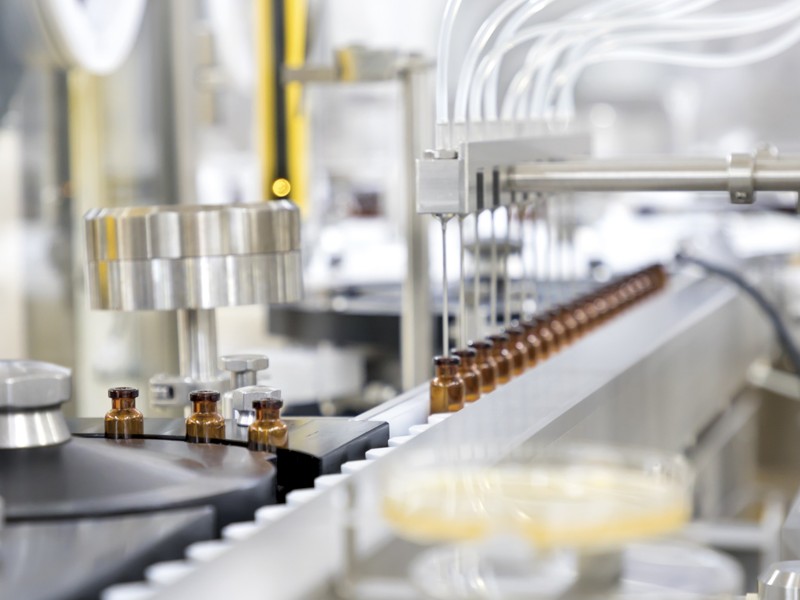
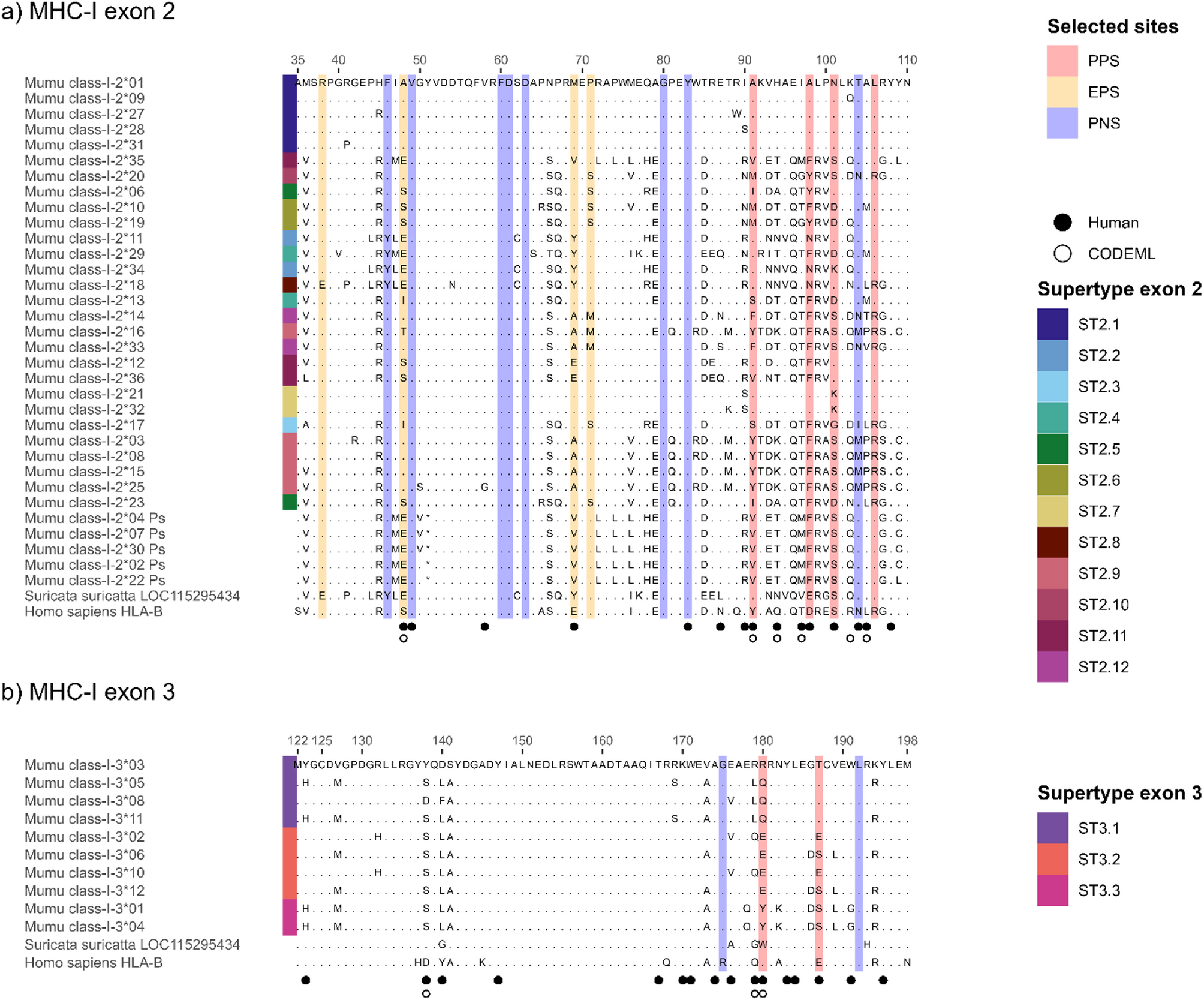
Bitarello BD, De Filippo C, Teixeira JC, Schmidt JM, Kleinert P, Meyer D, Andres AM. Signatures of long-term balancing selection in human genomes. Genome Biol Evol. 2018. https://doi.org/10.1093/gbe/evy054.
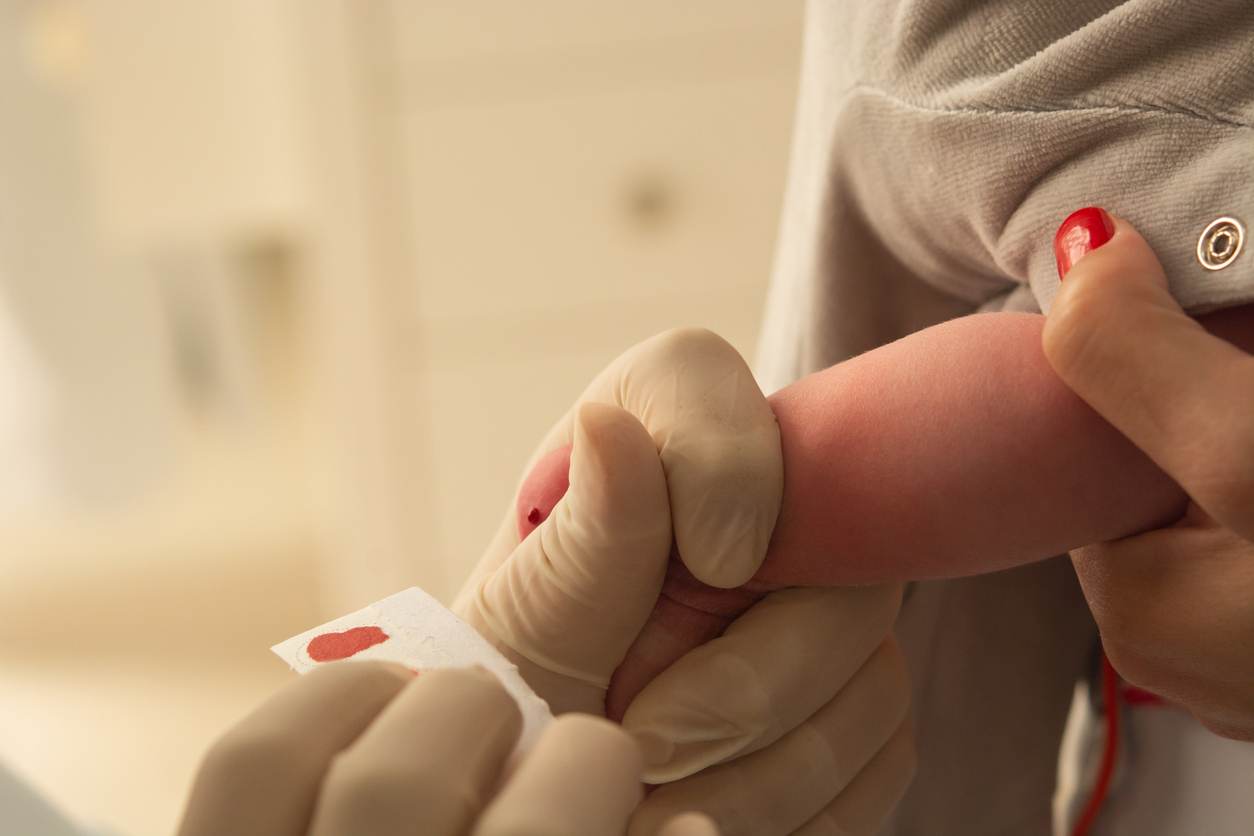

 PA Media
PA MediaGavin & Stacey star Joanna Page has said she was told at drama school that her performances were poor because she was Welsh.
Page, who played Stacey…

For years, black holes were more like science fiction than science. Now we have a photo – an actual image – of not just one, but two black holes dancing around each other in space.
Astronomers have confirmed what they’ve long suspected:…
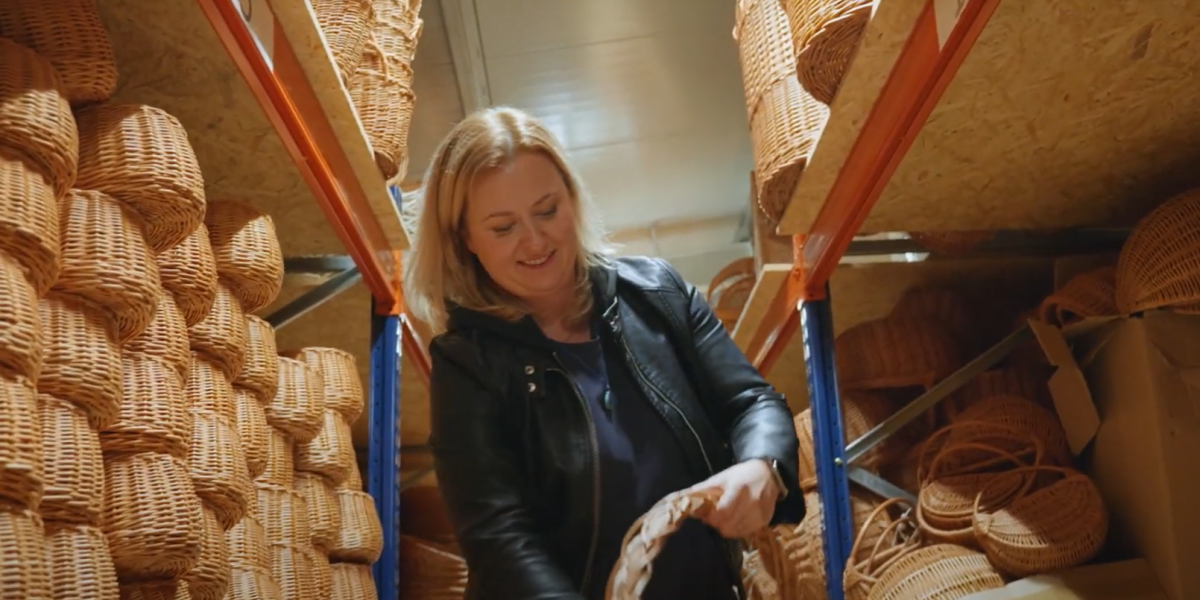
Achieving gender parity in entrepreneurship could significantly boost European economies, new research carried out by Frontier Economics and commissioned by Amazon shows. The study looked at 13 European countries and found that reaching gender parity in new business creation—where 50% of startups are founded by women—could increase productivity by 1.6% to 5.5% by 2040, depending on the country, translating into substantial economic gains across the continent.
Currently, only one-third of EU businesses are started by women, representing significant untapped potential. By 2040, the present value of the annual increase in Gross Value Added (GVA) from achieving gender parity would reach approximately €250 billion across the studied countries—larger than the EU’s annual budget.
To further understand the challenges behind this gender gap, the study surveyed approximately 600 business founders across six European countries—Denmark, Finland, France, Germany, Italy, and Poland—revealing specific barriers that disproportionately affect women entrepreneurs.
Key barriers holding back female entrepreneurs
While all entrepreneurs face challenges when starting and growing businesses, female founders reported more significant hurdles for growth and scale in several areas:
These barriers not only affect individual entrepreneurs but also have broader implications for Europe’s economic competitiveness on the global stage.
The EU context: Opportunities to Leverage Existing Frameworks Supporting female entrepreneurship is extremely timely. Mario Draghi’s report on “The future of European competitiveness” highlights that the EU needs increased annual investments and R&D spending by €750-800 billion to unlock its full potential. Meanwhile Atomico points to a €375 billion shortfall in growth-stage funding for European startups over the past decade.
The European Commission’s Competitiveness Compass already contains several encouraging elements that could support entrepreneurial growth, including commitments to:
These strategic priorities align well with supporting female entrepreneurship, but more targeted measures are needed. By specifically addressing the barriers faced by women entrepreneurs within its competitiveness strategy, the EU could make significant progress toward closing its productivity gap with global competitors.
Five priority actions for policymakers and the EU
The study found that without additional measures, closing the gender gap among entrepreneurs would take between 6 and 24 years, depending on the country. However, accelerating this timeline to just five years would increase cumulative benefits by 45%.
Based on the research findings, five key priorities emerged for supporting female entrepreneurship, which the European Commission might want to adopt:
The full report, “From Gender Gap to Competitive Edge: Advancing Female Entrepreneurship in Europe,” provides detailed findings and recommendations for EU and national policymakers, business leaders, and support organisations looking to promote more inclusive entrepreneurial ecosystems across Europe.
Amazon’s European initiatives
Amazon is already implementing programmes across Europe demonstrating practical ways to support women entrepreneurs:
Enhancing digital skills and networks
“In Spain, we partner with Womenalia, the world’s largest Spanish-speaking network of professional women, to offer free training events focused on e-commerce, digital marketing, wellness, productivity, and networking. Our ‘Women Breaking Barriers’ initiative, driven by Amazon and Womenalia, has brought together hundreds of businesswomen in different Spanish cities to enhance their digital skills and strengthen their professional networks,” said Ruth Díaz, Amazon’s Country Manager for Spain.
Providing capital and business development support
“We are partners of Feminvest, the Nordic region’s largest hub for female entrepreneurs and investors, and we have recently launched Amazon Expand, a programme that will provide nine selected female entrepreneurs with support over a full year, combining business development expertise with specialised coaching in online marketplace scaling.” said Gulfem Toygar, Amazon’s Country Manager for Sweden.
Creating simplified pathways to market
“Polish women entrepreneurs are increasingly drawn to trusted marketplaces, which streamline the initial stages of their journey and guide them step by step through the e-commerce landscape. We share our know-how with sellers and help them expand their businesses”, explained Katarzyna Ciechanowska- Ciosk, Amazon’s Country Manager for Poland.
A call to action for Europe’s economic future
“Our research clearly shows that digital marketplaces are powerful equalisers for female entrepreneurs. Boosting female entrepreneurship isn’t just about equality—it’s essential for Europe’s competitiveness and economic prosperity. As a former entrepreneur myself, I believe digital tools are key to creating more inclusive economic growth across the continent.” Lucy C. Cronin, Amazon’s Vice President for EU Public Policy.
“This research demonstrates that achieving gender parity in entrepreneurship is not just a social imperative, it’s a tremendous economic opportunity for Europe. With the potential to generate €250 billion in value by 2040, supporting women entrepreneurs is one of the smartest investments we can make in Europe’s future competitiveness. At Amazon, we’re committed to breaking down the barriers women face, particularly in accessing capital and navigating regulatory complexity. By leveraging digital tools and marketplaces, we’re creating pathways for female founders to scale their businesses across borders with fewer obstacles. The data is clear: empowering women entrepreneurs drives innovation, creates jobs, and builds a more resilient European economy.” Mariangela Marseglia, Amazon’s Vice President of Amazon European Stores.